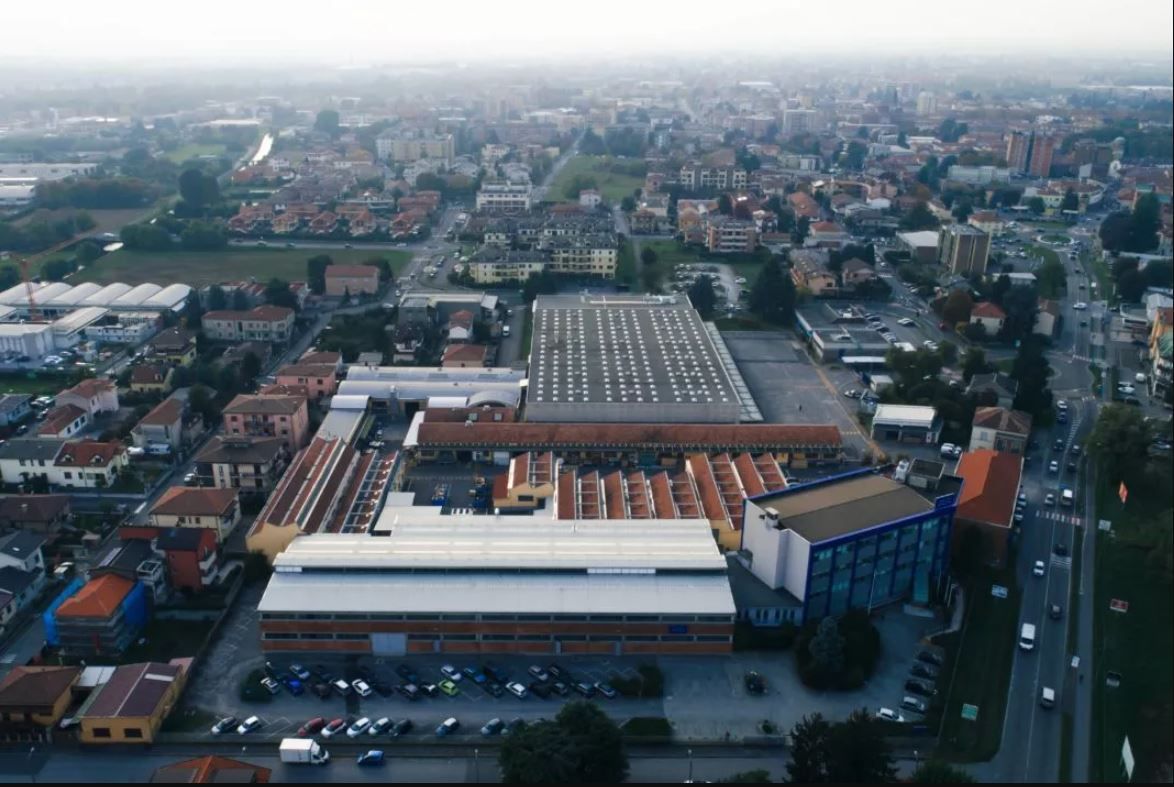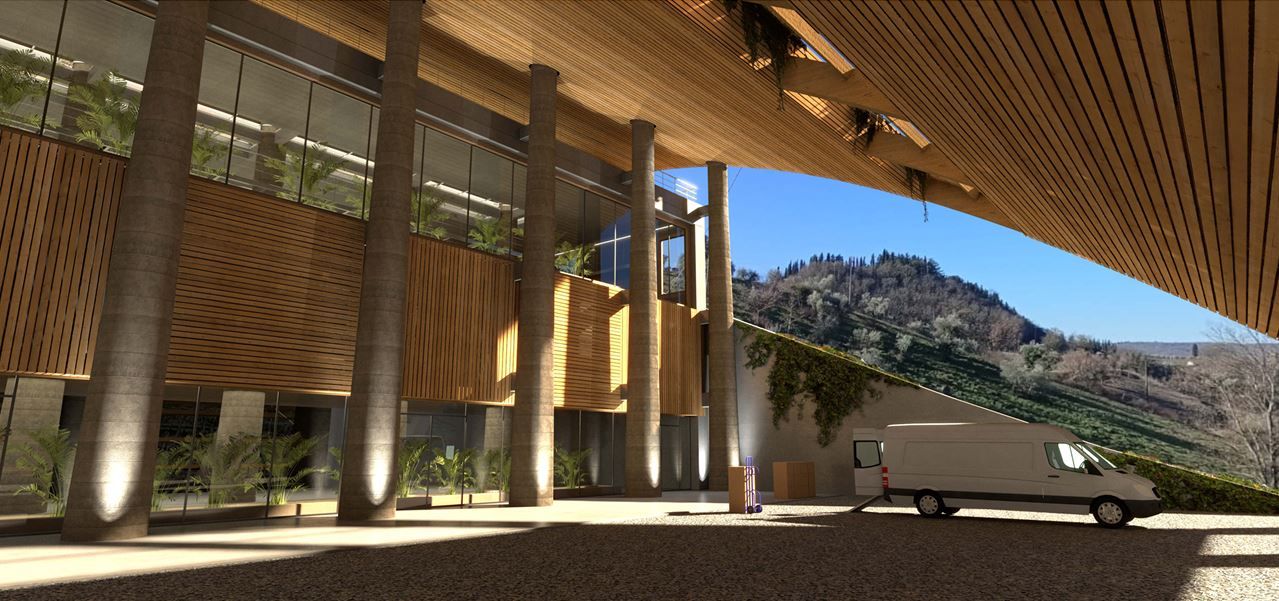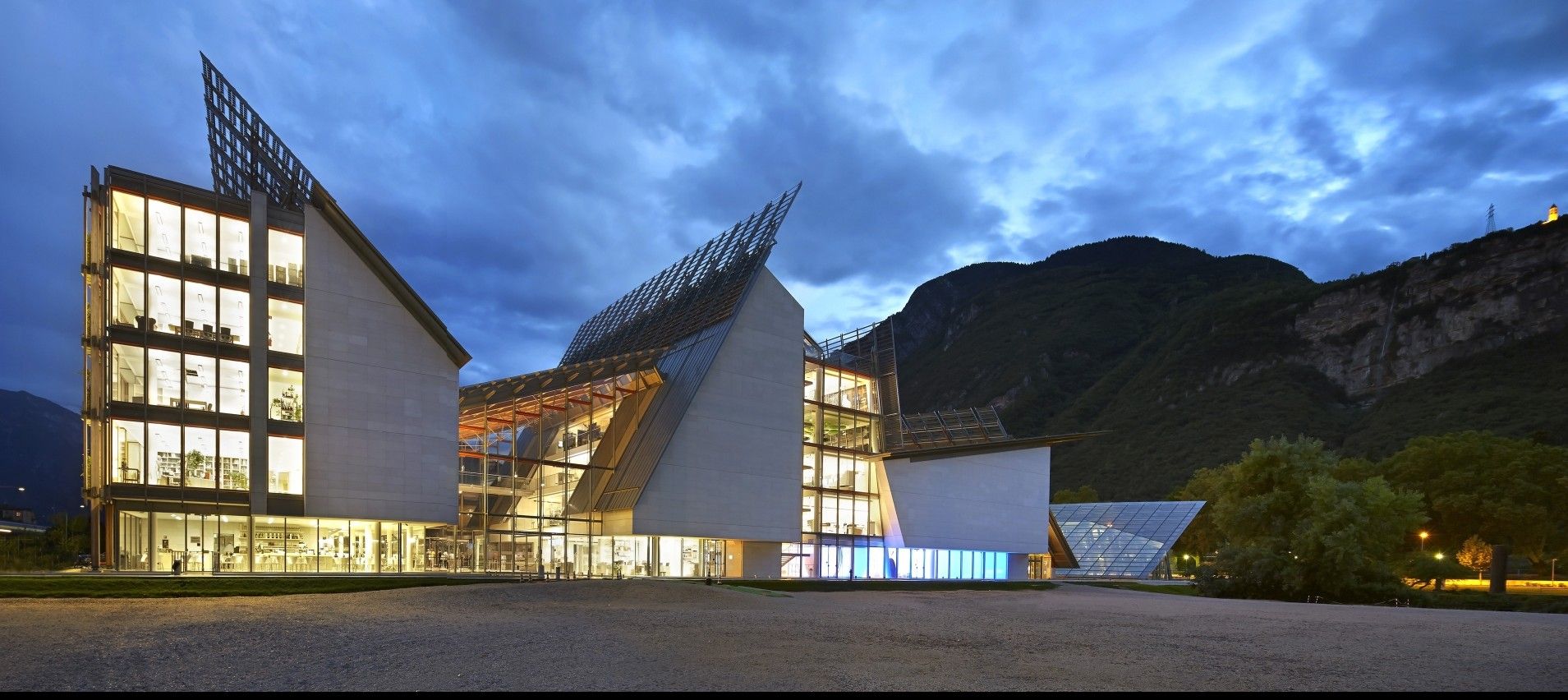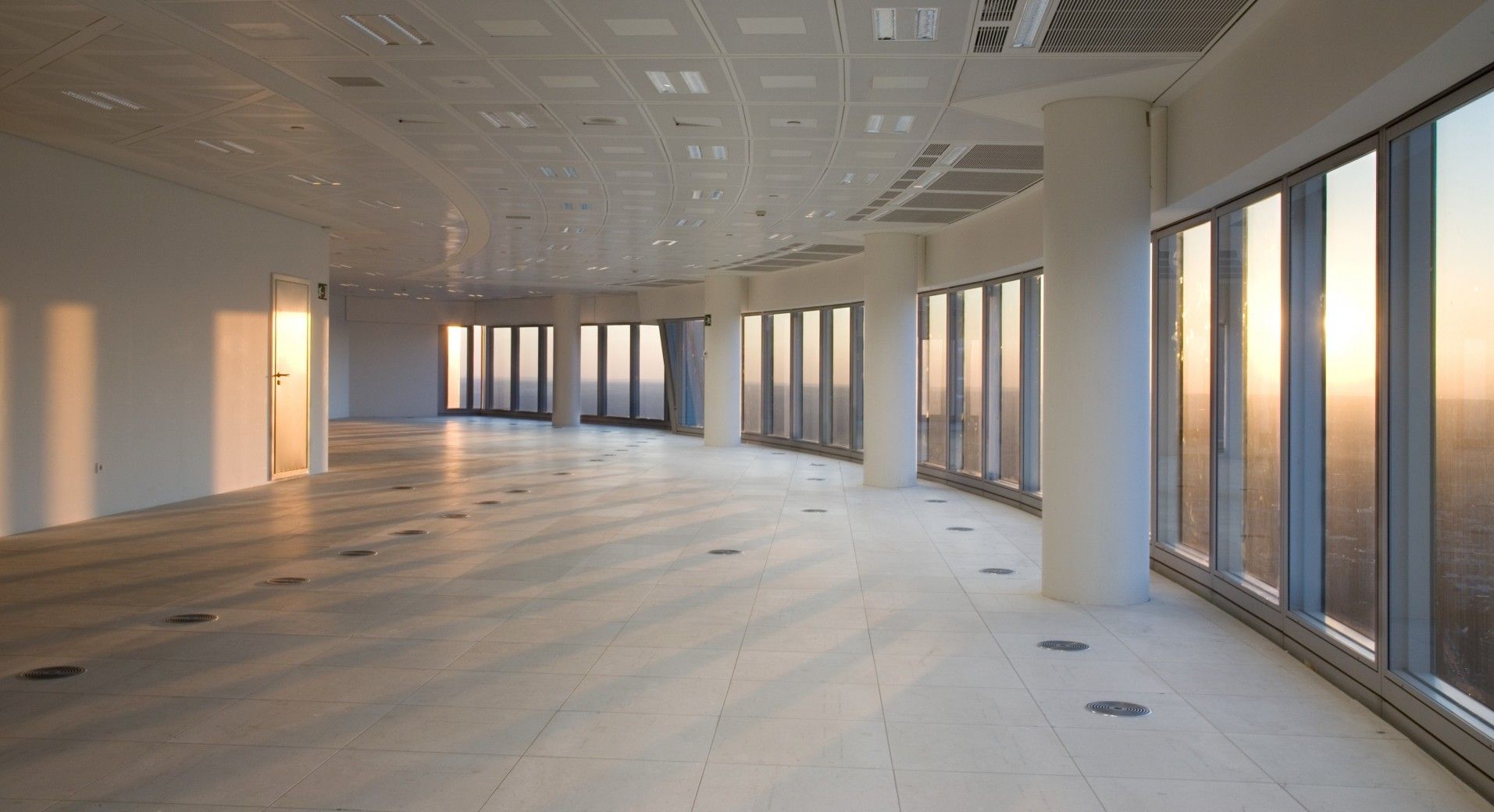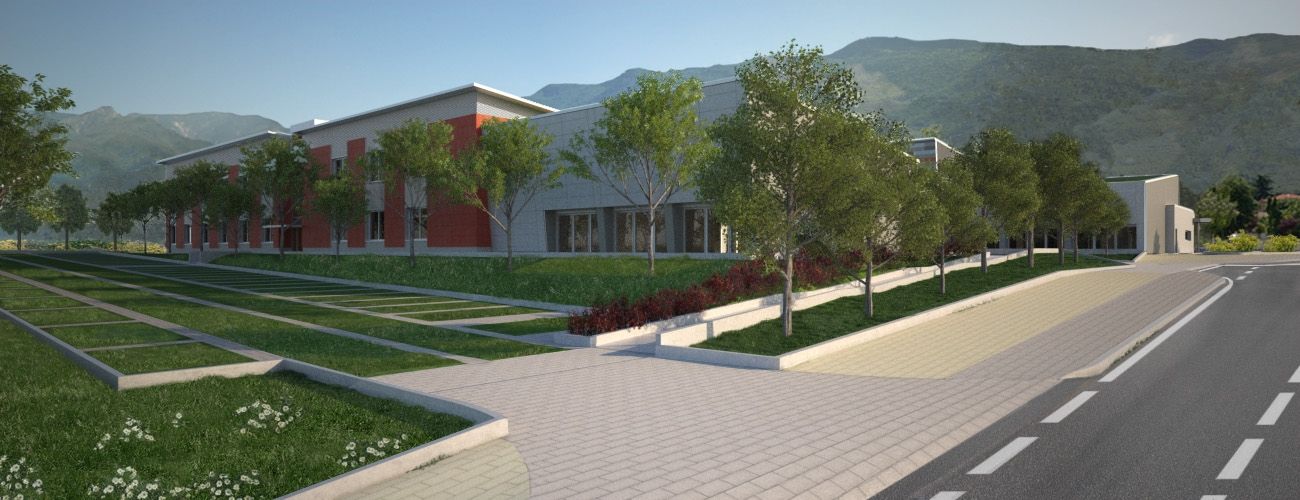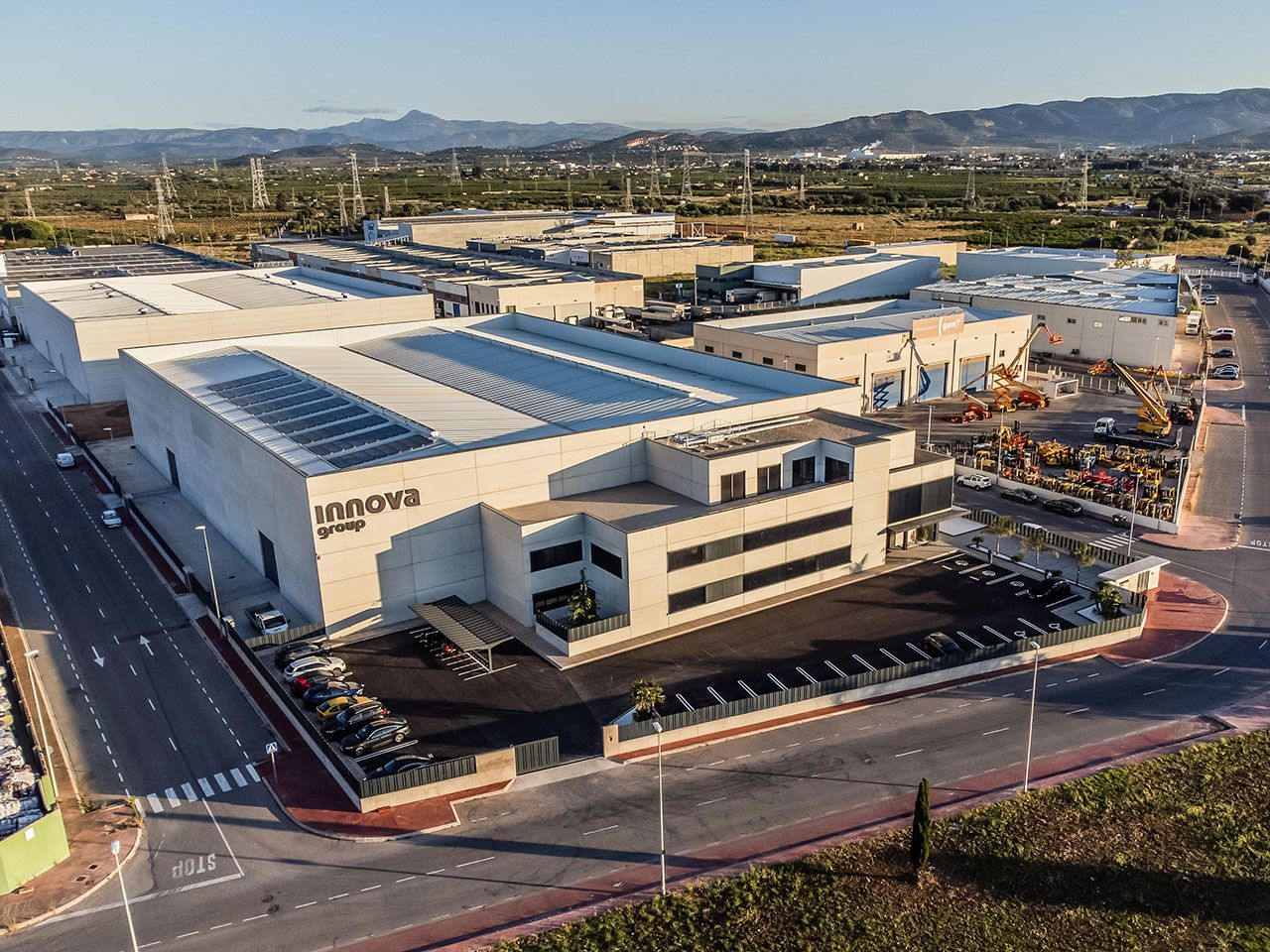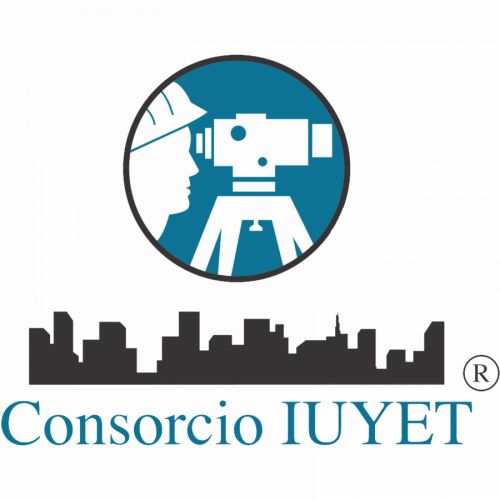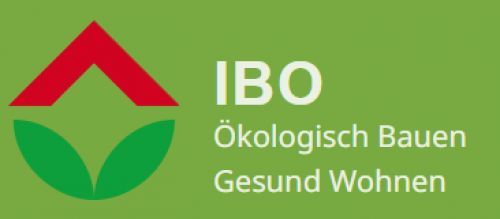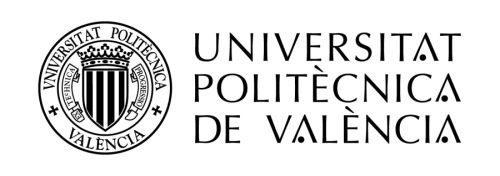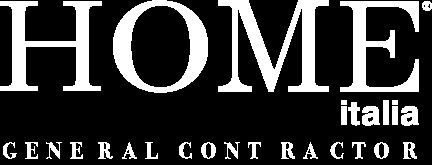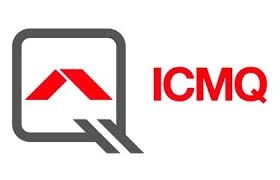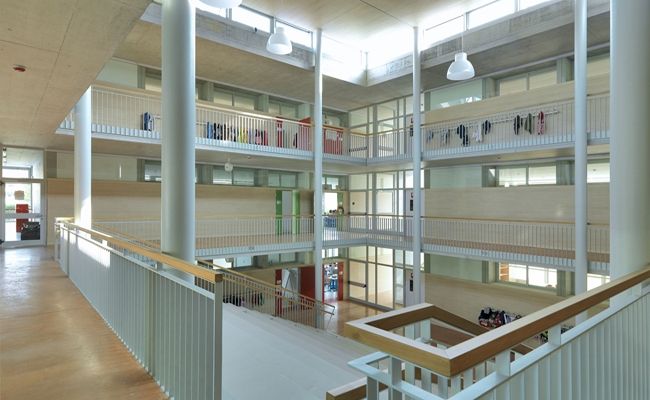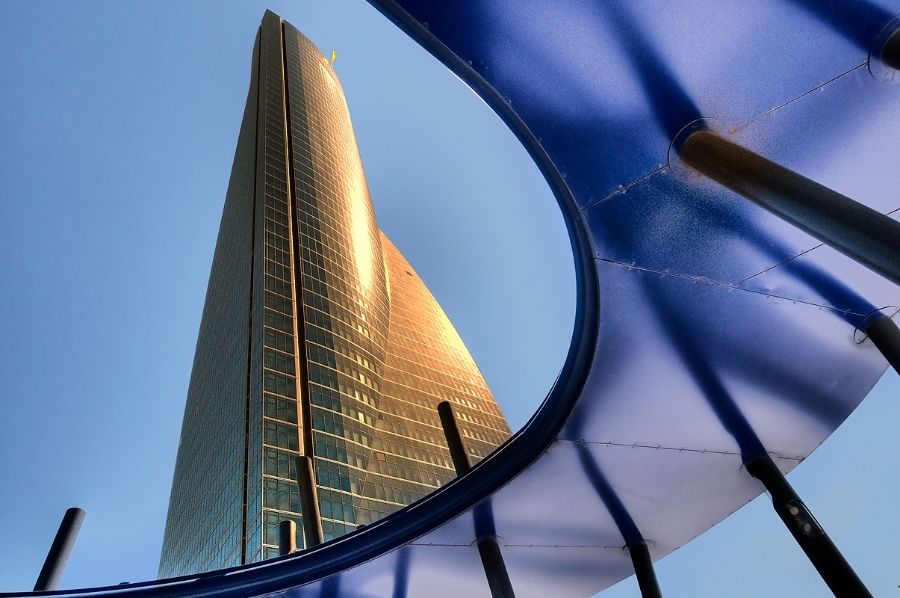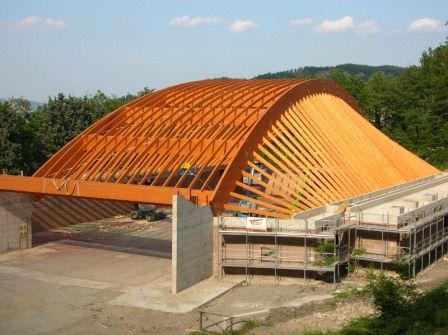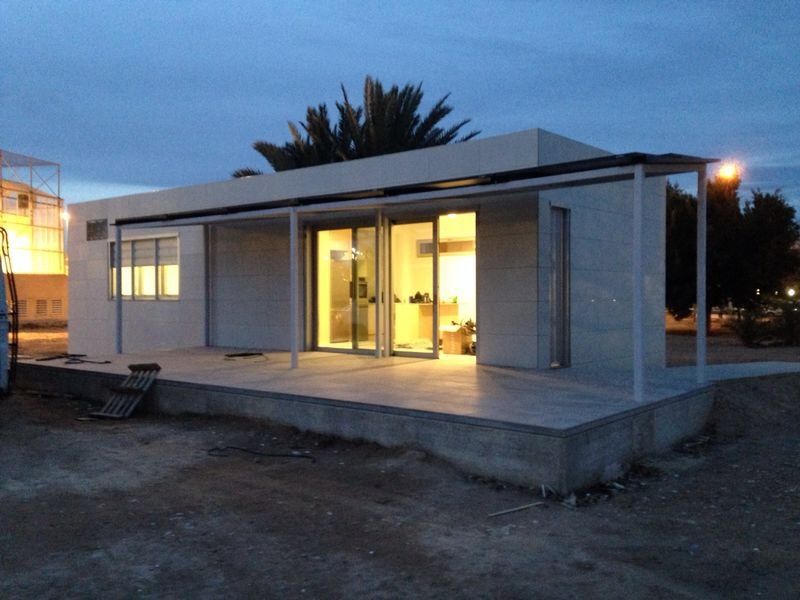Sustainability, Digitalization and Project Management at international level.
Overview
The reasons to go "Green"
Increase the values of your asset.
The certification through sustainability reference-standards adds value to the asset by receiving a "green label" recognized worldwide. Depending on the type and level of certification, the real-estate asset can achieve up to a 20-25% of added value.
Adapt to climate-changing conditions.
Buildings are designed to withstand “normal” climate conditions but what if they change in the future? At GBF we help you adapting the features of your asset to the future climate scenarios in order to create resilient structures capable of responding to the new needs.
Quality guarantee at international level.
The use of sustainability reference-standards has become a quality benchmark for international operations since they are recognized worldwide and do not depend on local regulations.
Fulfill the requirements of environmental regulations.
The new regulations created within the EU and now spreading worldwide impose strict criteria for buildings, products and companies in relationship with CO2 emissions, energy efficiency and climate-related requirements.
Access to green funding and investment opportunities.
Since 2020 banks and public-funding institutions are enforced by law to dedicate part of their investments to sustainability-related assets which have to fulfill specific sustainability-related requirements.
Reduce the CO2 emissions and the effects of climate change.
Sustainability is not an option anymore. We must lower the emission levels as soon as possible in order to stop climate change and ensure a future for the planet.
Green Building Factory




